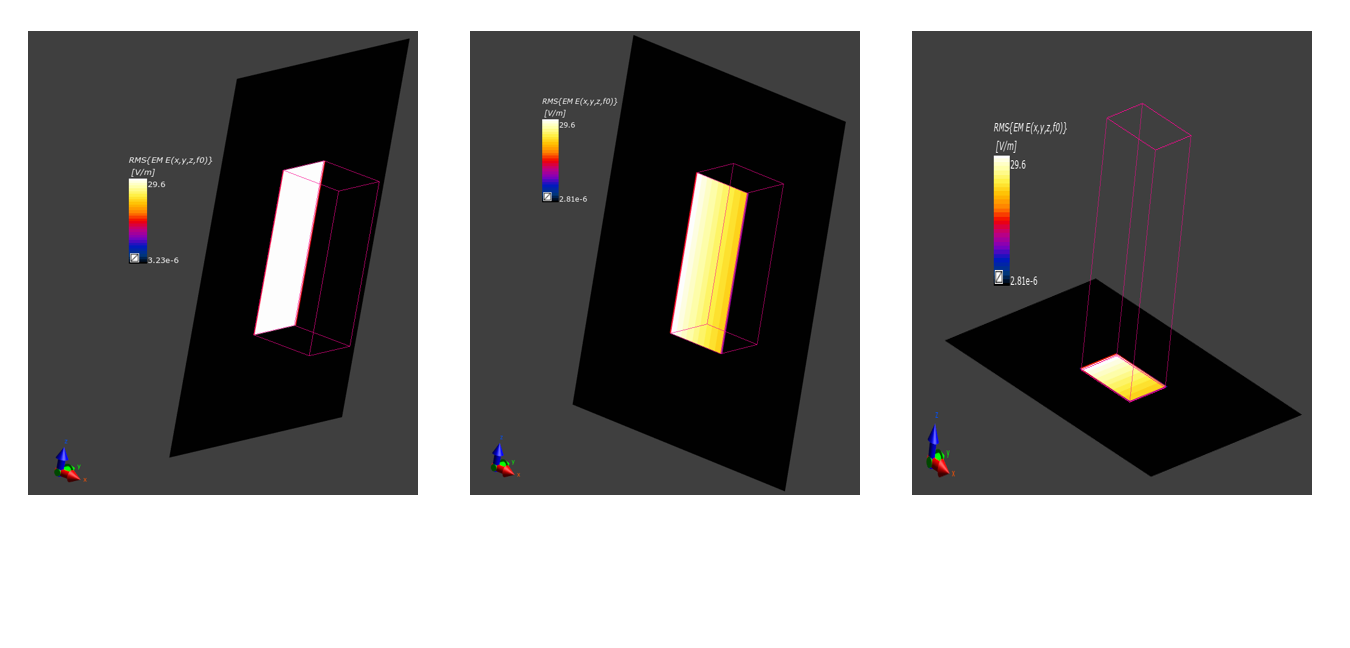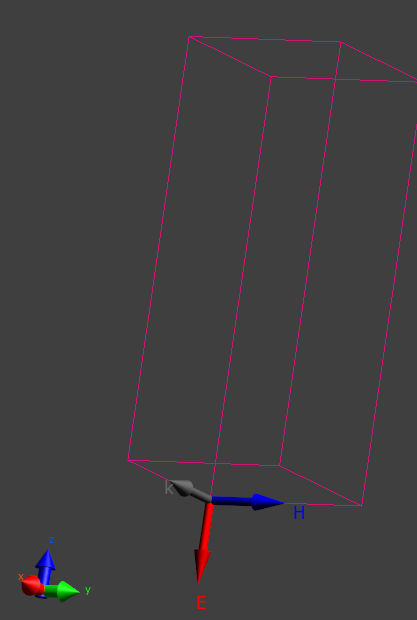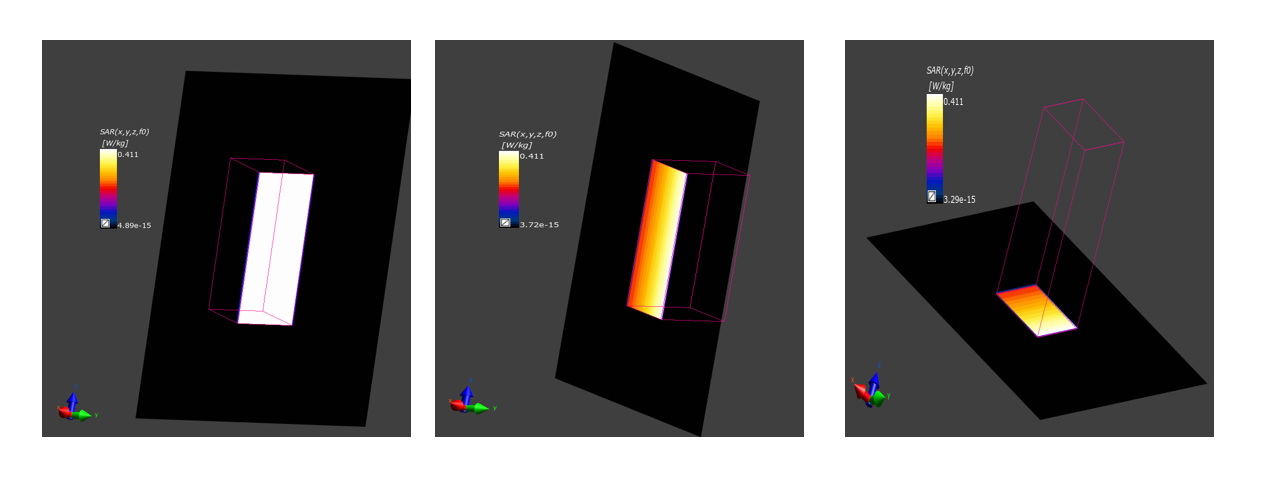Homogeneity of E-filed map in plane wave simulation
-
Hello,
In plane wave simulation (for example tutorial 3.3.4 Heating from a Standard Active Implantable Medical Device), one source is defined such that E-field be along the length of source (or device if exists). Since the source is plane wave (without device), E-field map must be homogeneous in all 3 planes. In the plane along E-field, the E-field is homogeneous, but not in the other two planes (For example in the mentioned tutorial, the E-field is along z-axis and the E-field map is homogeneous in yz-plane, but not in xy and xz-planes). I'm wondering is there anything wrong with the simulation?
Thanks.
-
Hello, please add a screenshot or two, comparing the E-field in each of the 3 planes (including the colorbar, so that we can see the magnitude of the field). This way, it will be clear what you mean by "not homogeneous".
-
The pink box is plane wave source and as it could be seen the E-field is homogeneous in yz-plane but not in two others.
-
One interpretation of your results could be that the wave is dissipating energy while traveling (in the x direction). Reasons for dissipation could be physical (if there is a lossy material inside the pink box), or numerial (if the grid is too coarse, or if the simulation did not run for a long enough time and did not converge).
I would suggest to run the same simulation with a finer grid and check if there is any difference in the results. -
I'm wondering why energy dissipation does not happen in z-direction (since in yz plane E-field is homogeneous)?
-
I'm wondering why energy dissipation does not happen in z-direction (since in yz plane E-field is homogeneous)?
@Saya said in Homogeneity of E-filed map in plane wave simulation:
I'm wondering why energy dissipation does not happen in z-direction (since in yz plane E-field is homogeneous)?
Because your wave is propagating in the X direction.
Your simulation results make perfect sense: a wave is propagating through a lossy medium, dissipating some energy in the process.
-
So you mean in the simulation with gel, because of the power loss in x direction, E-field should be non homogeneous in xz and xy planes.
I checked the simulation without gel(with just air) and it seems E-field is homogeneous in all planes. Great. Thanks.
And two more questions,- Why in the tutorial, the air is considered as gel and gel is not used as an object in the simulation?
- Where is the starting point of the wave propagation?
Thanks.
-
- The "air" is not considered as "gel". Rather, the background material, which is by default "air", is set to "gel" instead. The background is not an object itself: it is the space that is not occupied by any object. As such, it does not have an explicit shape, but it has material properties.
- For a plane wave source, the E and H fields are imposed (based on the analytical expression of a plane wave) on the face(s) "upwind" from the direction of propagation. Note that this is an idealized concept, as true plane waves don't exist in nature (https://en.wikipedia.org/wiki/Plane_wave)
-
I'm not sure. Maybe because you would then have to consider the size and shape of said object, its interface with the "background", possible intersection with the sides of the computational domain (which the plane wave source may not allow), etc... All of that for zero benefit, since the medium of propagation is a gel, not air or vaccuum.


